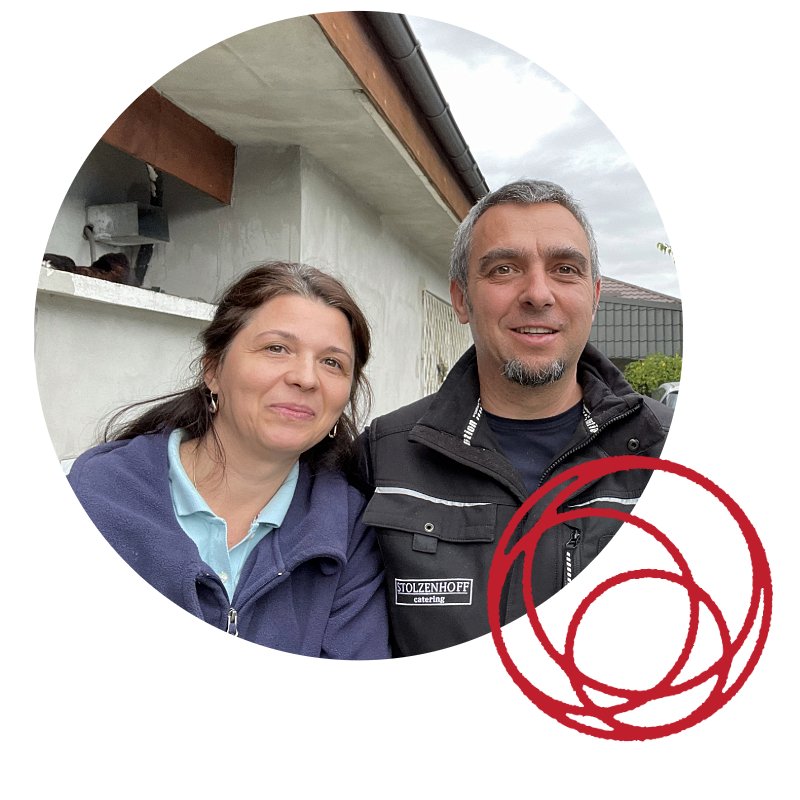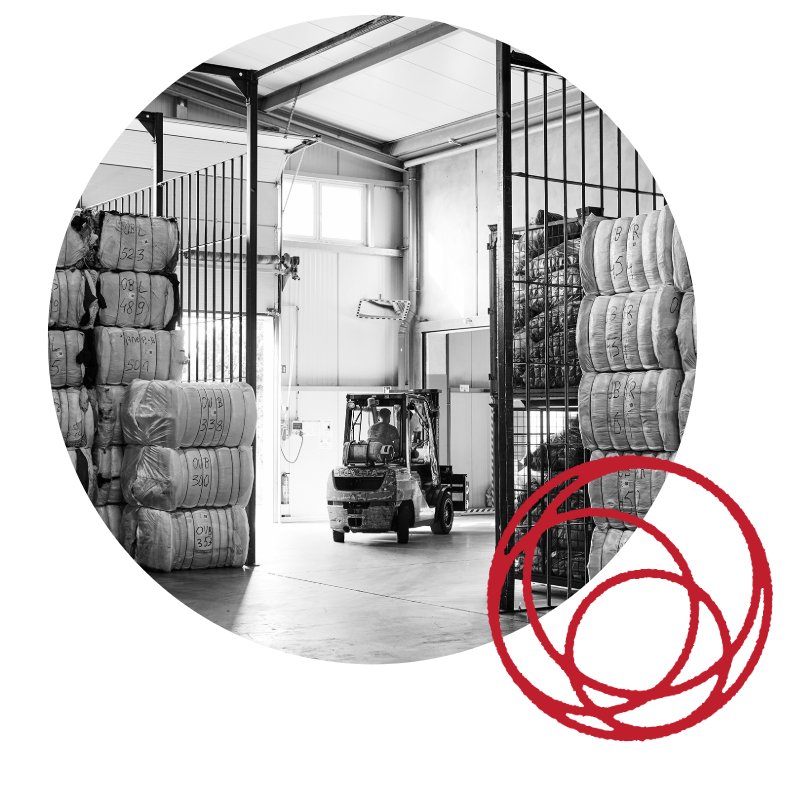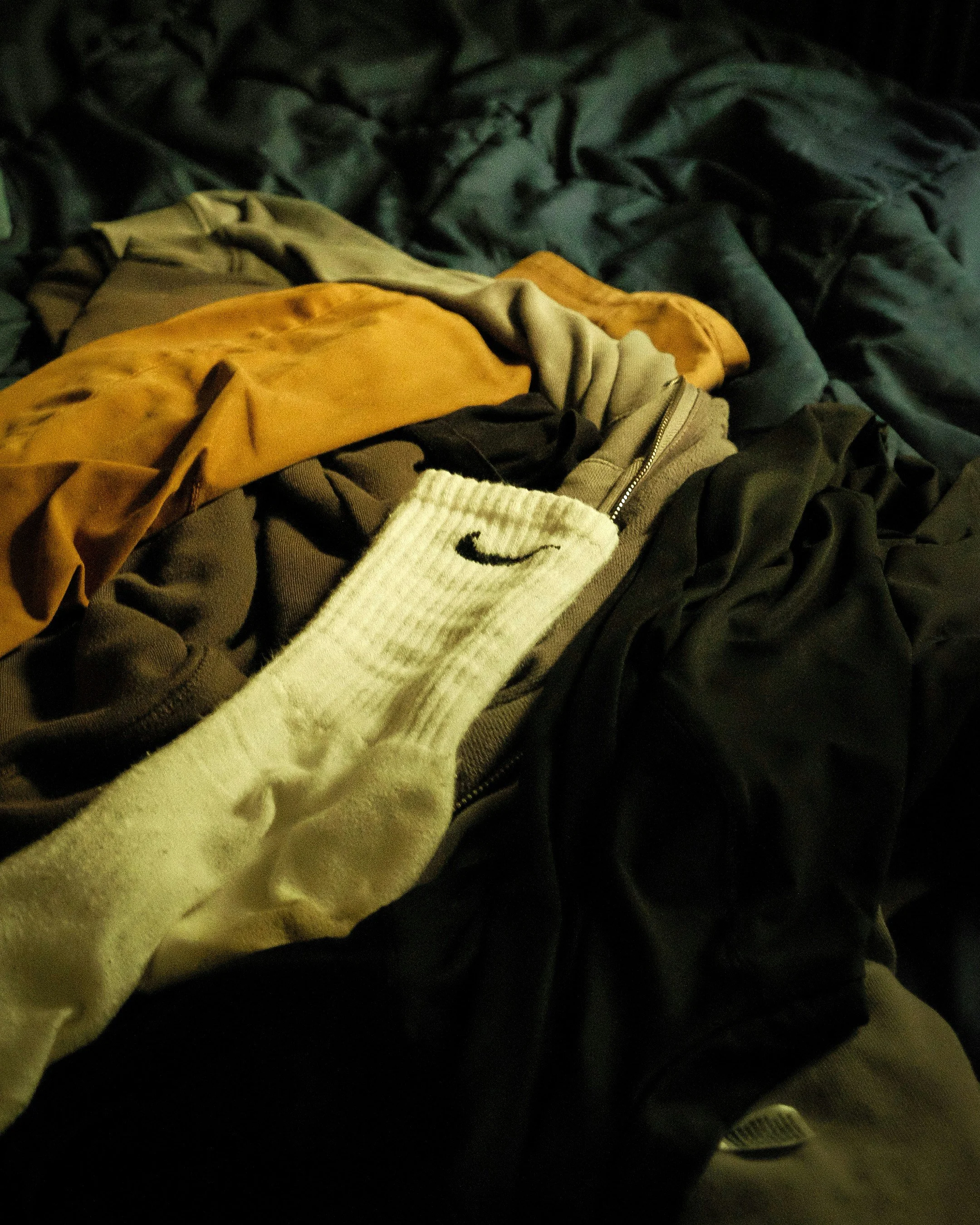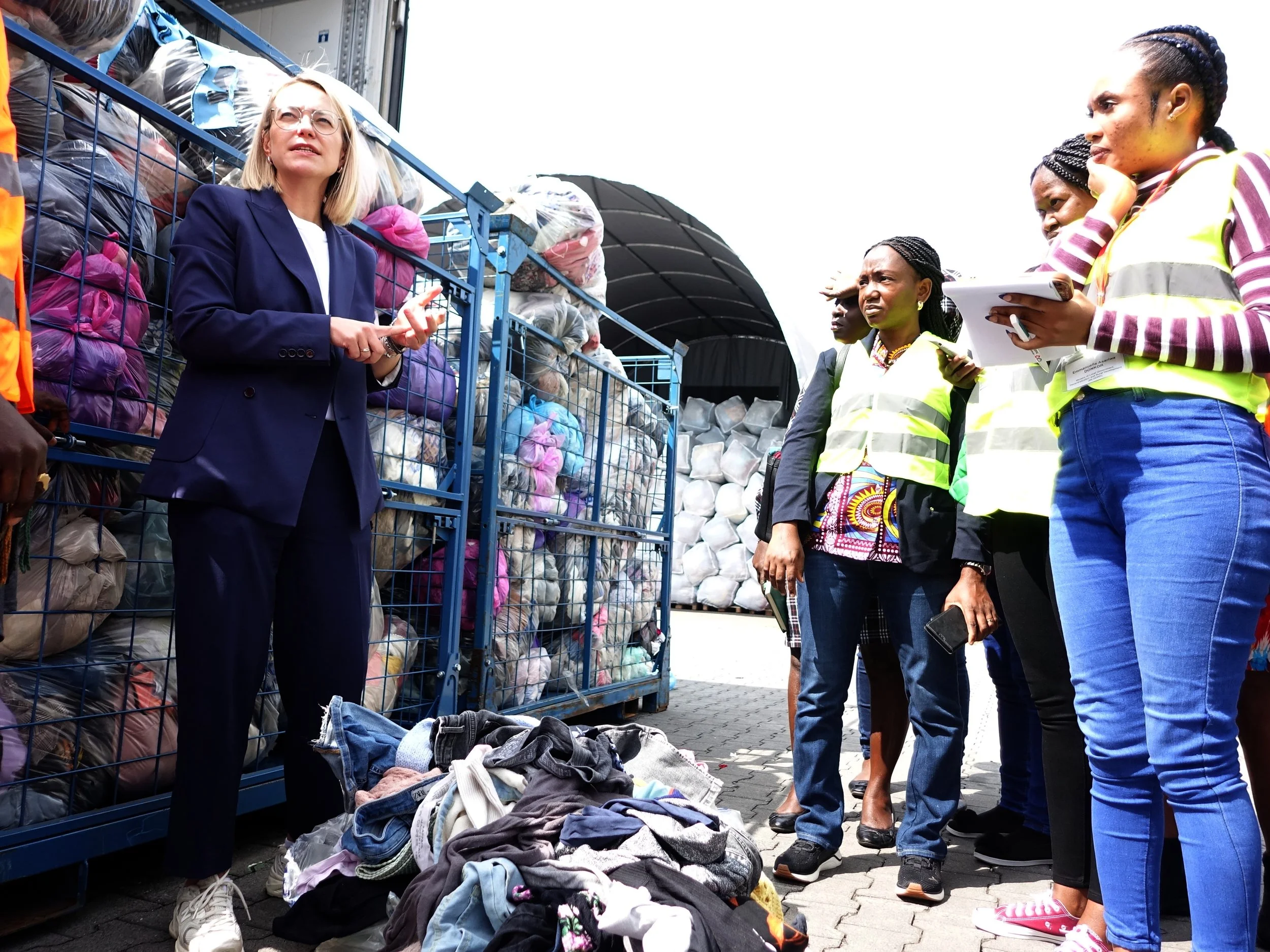Reuse
Reuse is one of the most immediate and effective ways to keep textiles in use and out of landfills.
While it has a long history in many regions, consumers in countries throughout Europe still dispose of more clothing each year than they buy second-hand. The gap between what’s discarded and what’s reused drives us to seek businesses globally for the second-hand clothes we collect— and to find resellers who know what their communities want and can give textiles a second life.
Over the years, we have built strong relationships with our business partners, from the second-hand boutiques of Italy to the marketplaces of Ivory Coast, each of which individually order the type and quantity of their desired goods.
We conduct on-the-ground “deep dives” in key markets to collaborate with local resellers and identify challenges & opportunities around improving garment end state and visibility of garment flow.
We share these stories along with information about our reuse and recycling streams to increase transparency in our own operations.
In our system, second-hand businesses choose the items they know will sell in their markets.
Our partners don’t receive unsorted goods—they place intentional, item-specific orders. Feedback shows 4 out of 5 partners in Togo and Côte d’Ivoire report that up to 90% of the textiles are sold directly to their immediate wholesalers and retailers within 4 weeks.
And when textiles do not find a buyer right away—direct disposal is the least valuable option. It carries a cost—whether for local vendors or bigger businesses. Thus, what happens next can look very different depending on the market.
Some vendors hold onto pieces for the next season, while others prefer to quickly get back money invested by selling at discounted prices, or offer textiles to local traders who mix and match styles to create something new.
In Douala, Cameroon, bigger players may warehouse unsold goods to qualify for tax refunds, while in places like Abidjan, Côte d'Ivoire, local municipalities step in to collect disposal waste.
Our “deep dives” explore such value chains by engaging with local markets and follow textiles through their first and second resale steps, helping us better understand our impact.
Click on any of our sample flows below to learn more from our customers around the world










